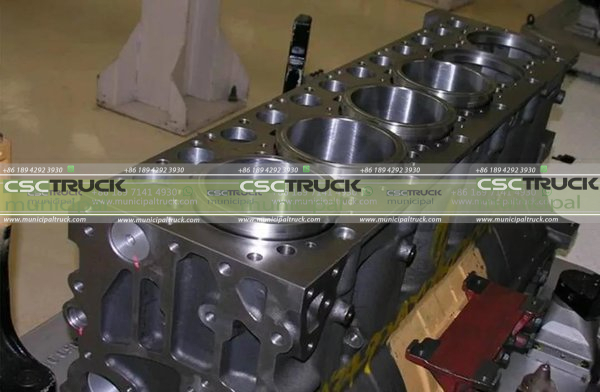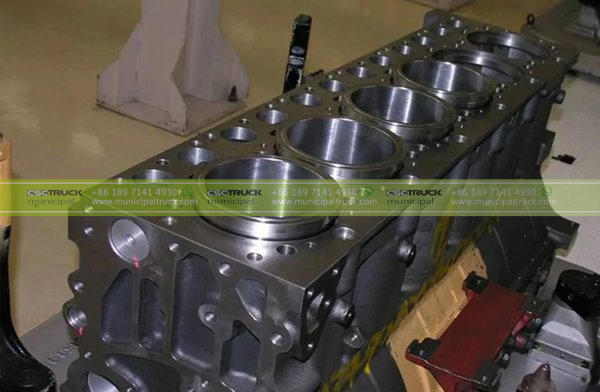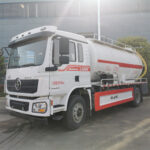Motor engine oil water ingress is one of the more common faults, but if it cannot be dealt with in time, it will bring serious consequences. For example, the engine crankshaft, connecting rods, and other important components are deformed, causing the engine to shake, and even more seriously, the engine will be scrapped.
Why Does Water Get in Motor Oil? Here are four inspection methods for reference:
- By observing the appearance of the oil, you can easily judge whether the oil contains water or not by color. Oils that do not contain water will appear translucent oily bright, while those that contain water will appear opaque brown or khaki.
- Check whether the coolant contains oil. If some parts of the engine are damaged, the engine coolant will enter the lubrication system and be mixed with the oil. The oil infiltrated in the coolant of the water tank will also be found, which can be easily identified.

- If the engine oil enters the water, it will chemically react with the coolant in a high temperature environment to form an emulsion. Checking the dipstick will reveal that it is white with foam on it.
- When the oil contains a lot of water, the oil level of the oil will rise. At this point, we can simply judge by the level of the oil dipstick.
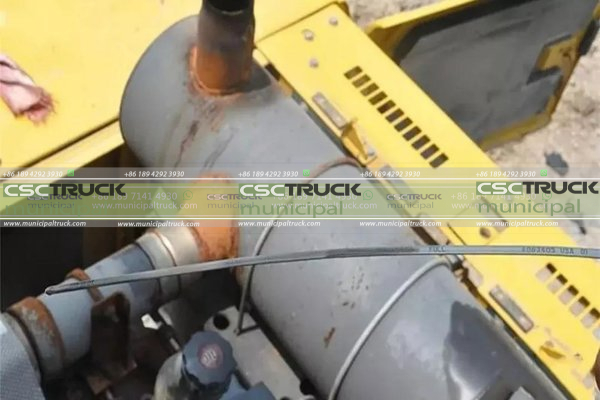
Regarding whether the oil has entered the water, we can judge whether the engine oil has entered the water through several aspects such as the appearance and color of the engine oil, the oil level of the engine oil, and the observation of the oil coolant.
So why does the water get into the motor oil? What are the causes of oil ingress?
1. Engine water block plugging and leaking
Due to the corrosion of the scale, the water is blocked and rusted, and the cooling water will enter the oil channel from the water channel until it reaches the oil pan. This cause is common, so check for water blockages often.
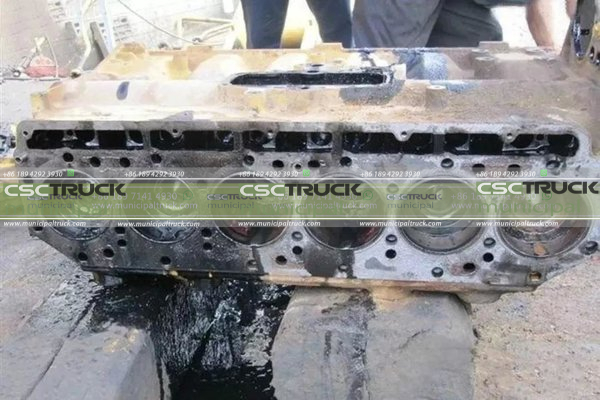
2. The oil radiator is damaged
If the radiator pipe is damaged, the water outside the radiator will penetrate into the oil radiator, causing the oil to enter the water.
3. Cracks appear in the cylinder liner
When the cooling water is in contact with the working cylinder liner, cracks are easy to occur. Once cracks occur, the cooling water will directly enter the cylinder and enter the oil pan through the cylinder wall, which will make the oil white, and the oil will turn white. It will cause problems such as poor engine combustion and white smoke.
Under normal circumstances, the cylinder liner is not prone to cracks, but in some cases, for example, in winter, the cooling water is not filled with antifreeze, which leads to freezing, which may cause the cylinder liner to crack.
4. Cylinder liner seal is damaged
Damage to the cylinder liner sealing ring is a common cause of oil ingress, so when troubleshooting the cause of the failure, be sure to remember to check whether the cylinder liner sealing ring is in good condition.
5. Damaged cylinder head gasket
If the cylinder head gasket is damaged and the water circulation speed is fast, the water in the water channel will flow into the oil channel of the oil, causing the oil to enter the water. Cylinder head gasket damage is also one of the common reasons for oil inflow. After each disassembly of the machine, try to use a new cylinder head gasket to avoid engine oil leakage caused by leakage of the cylinder head gasket.
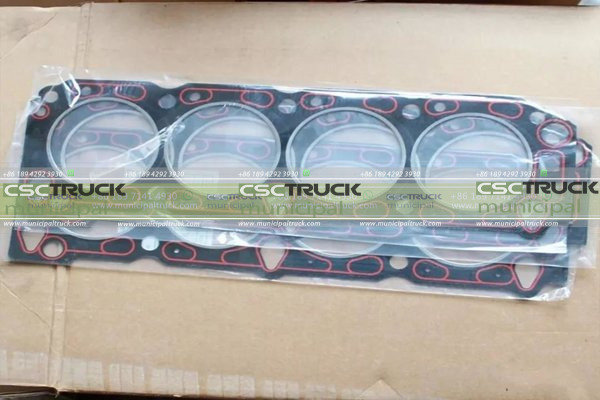
What should I do if I really encounter water in the engine?
Do not start the engine a second time at this time. Professional maintenance workers are required to clean up the water accumulated inside the engine. Next, check the oil radiator, water plug, cylinder liner sealing ring, cylinder liner, cylinder gasket, etc. to determine The reason for the water in the oil, and then do further treatment.
Contact us for this municipal truck or similar trucks: [email protected] Call us or What's APP us: +86 189 4292 3930

